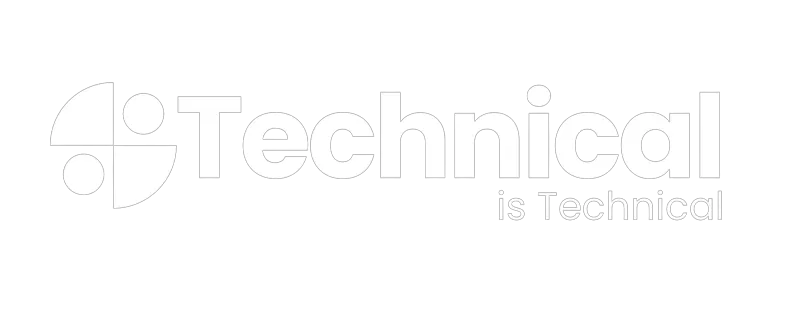Python is a versatile language that you can use on the backend, frontend, or full stack of a web application. In this article, we will discuss 10 Python developer interview questions that you should know. These questions are designed to test your knowledge of the language and your ability to solve problems.
If you are working towards landing a job as a Python developer, you should be familiar with these questions and answers. Let’s jump right in!
Here are 10 Python developer interview questions that you should know:
What is Python?
Python is a programming language with many features, such as an intuitive syntax and powerful data structures. It’s no wonder that this versatile language is one of the most popular programming languages in the world.
If you’re looking to improve your Python skills, then check out these 10 Python developer interview questions. These questions will help you understand the language better and can give you a leg up in your next programming job interview.
What are the benefits of using Python?
Python is an unambiguous, easy-to-read, general-purpose high-level programming language which considers paradigms of structured, procedural, and object-oriented programming.
Python is created on a philosophy that emphasizes code readability and a syntax that allows programmers to express concepts in fewer lines of code than would be possible in languages such as C++ or Java. It provides constructs that enable clear programming on both small and large scales.
What are some potential drawbacks of using Python?
Python is not a perfect programming language. Here are some potential drawbacks of using Python:
1. Speed. Python is not as fast as compiled languages like C++. This can be a problem when you need to write code that needs to run quickly.
2. Memory usage. Python code can use a lot of memory, which can be an issue if you are working with large data sets.
3. Lack of features. Python is not as feature-rich as some other languages, which can make it difficult to write certain types of applications.
What is your experience with Python?
Python is a powerful programming language that is widely used in many industries today. Python is easy to learn for beginners and has many modules and libraries that allow for robust programming. Python is a popular language for web development, scientific computing, data analysis, artificial intelligence, and more.
What are the differences between list and tuples in Python?
Python lists and tuples are both sequence data types that can store a collection of items. Lists are mutable, which means they can be modified after they are created. Tuples are immutable, which means they cannot be changed after they are created.
Lists are typically used for storing data that will need to be modified, such as a list of items to buy at the grocery store. Tuples are typically used for storing data that will not need to be modified, such as a list of countries in the world.


How do you create a dictionary in Python?
In Python, you can create a dictionary in two ways. The first way is to use the dict() function. This function takes two arguments: the first argument is the name of the dictionary you want to create; the second argument is a list of key-value pairs. For example:
dict_name = dict(key1=value1, key2=value2)
The second way to create a dictionary in Python is to use curly braces {}.
What is a lambda function in Python?
A lambda function is an anonymous function in Python. It is a small, single-expression function that is used to create simple functions. Lambda functions are often used in conjunction with other functions, such as map and filter.
Lambda functions are declared using the keyword lambda. For example: lambda x: x*x
This function takes one argument, x, and returns the square of x. Lambda functions can take any number of arguments, but they can only have one expression.
What is a negative index in Python?
Python supports negative indexing for its sequences. Negative indexing starts from the end of the sequence and goes backwards. So, the last element in a sequence can be accessed with an index of -1, the second to last element with an index of -2, and so forth.
Python’s negative indexes can be confusing at first, but they can actually be quite useful. For example, if you want to access all of the elements in a list except for the first one, you could use a negative index. Or, if you want to know how many elements are in a list, you could use a negative index to access the last element and then subtract 1 from that.
Overall, negative indexes can be helpful when working with Python sequences. Just remember that they start from the end of the sequence and work their way backwards!
How would you concatenate two lists in Python?
Python Developers are in high demand these days as the language has become increasingly popular for scripting, automation, data science, and web development. If you’re interviewing for a Python Developer role, be prepared to answer questions about how you would solve common problems. One such question is: How would you concatenate two lists in Python?
There are a few different ways to concatenate two lists in Python. The most straightforward way is to use the + operator. This will concatenate the two lists into a new list. Another way is to use the extend() method. This will add the elements of one list to another list.
Explain what map, filter, and reduce do
Map takes a function and a list as arguments. It applies the function to each element in the list, and returns a new list.
Filter takes a function and a list as arguments. It returns a new list that contains only the elements from the original list that return True when passed to the function.
Reduce takes a function and a list as arguments. It applies the function to the first two elements in the list, then applies the function to the result of that and the next element in the list, and so on. It returns a single value that is the result of applying the function to all of the elements in the list.
Conclusion:
In conclusion, these are the 10 Python Developer Interview Questions You Should Know. Knowing these questions will give you a leg up in your next interview and help you secure the job you want.





























